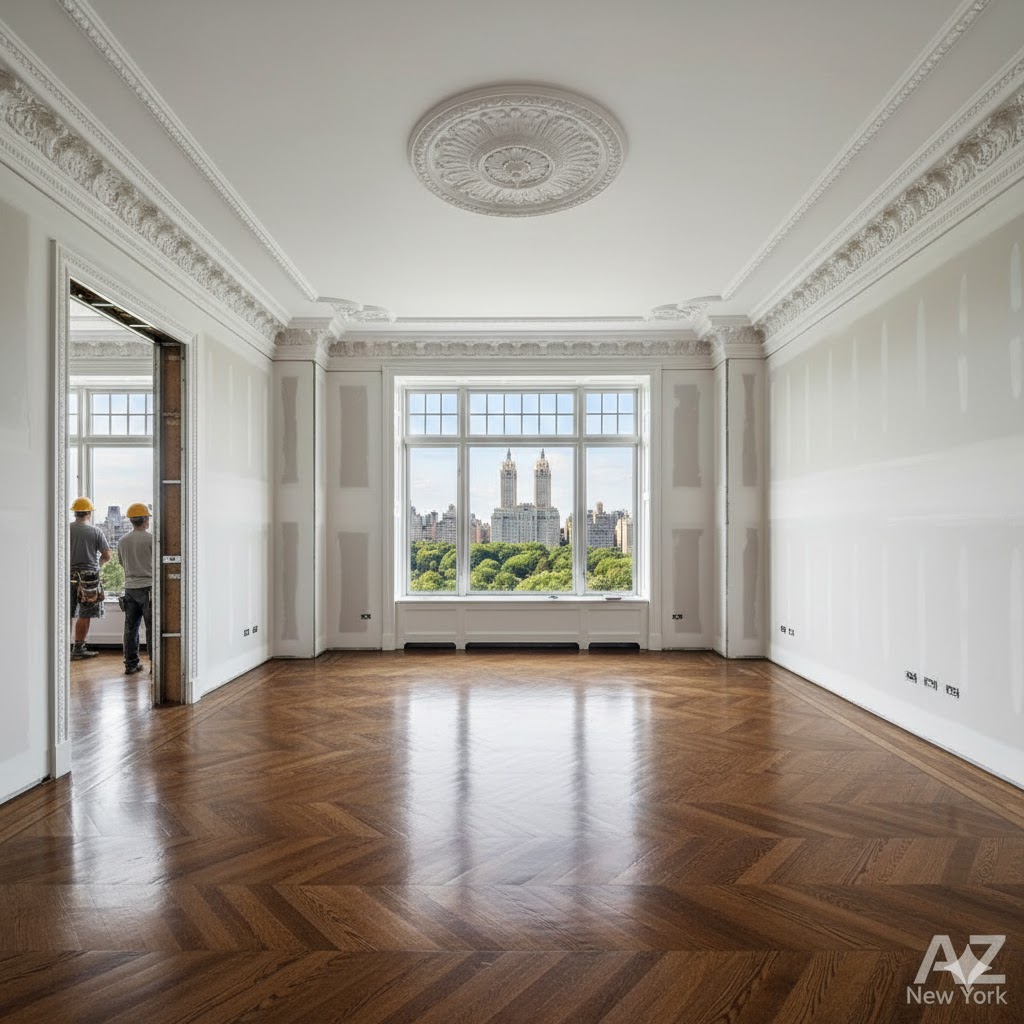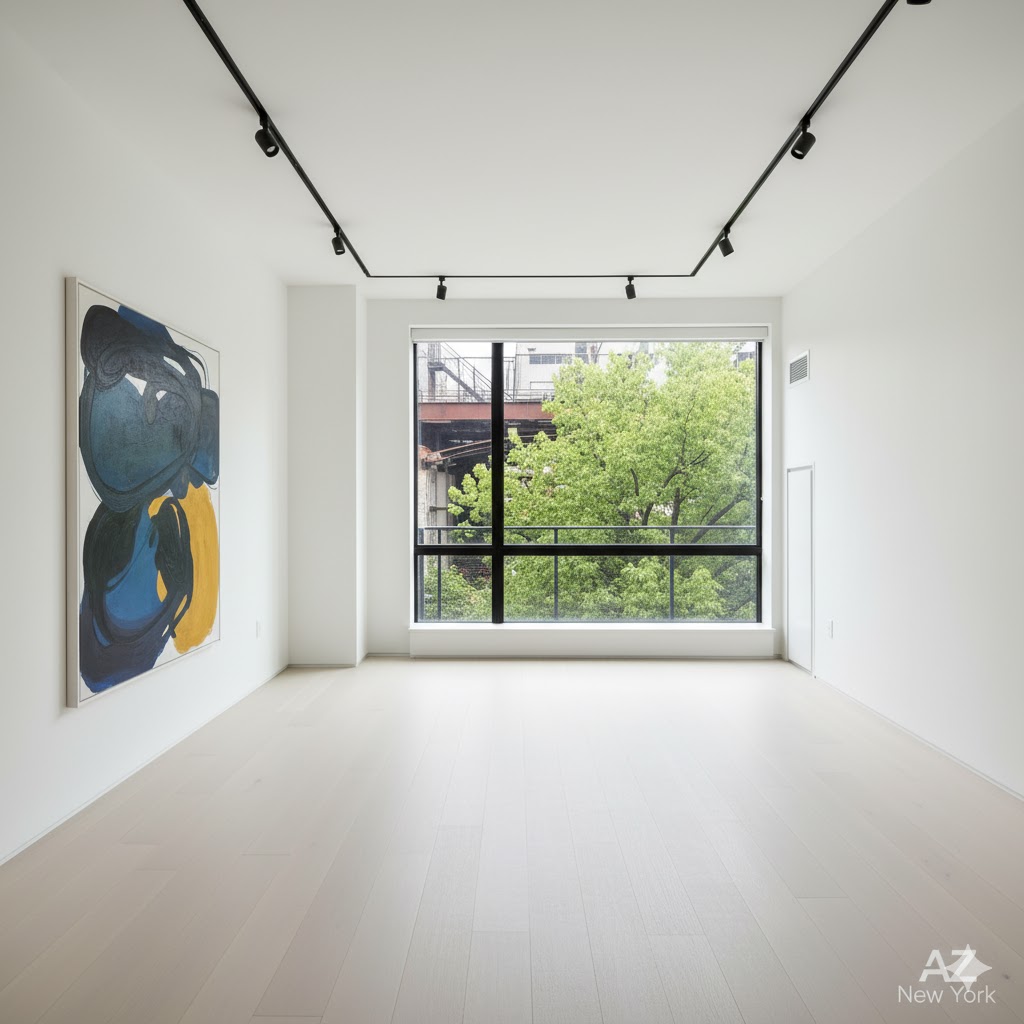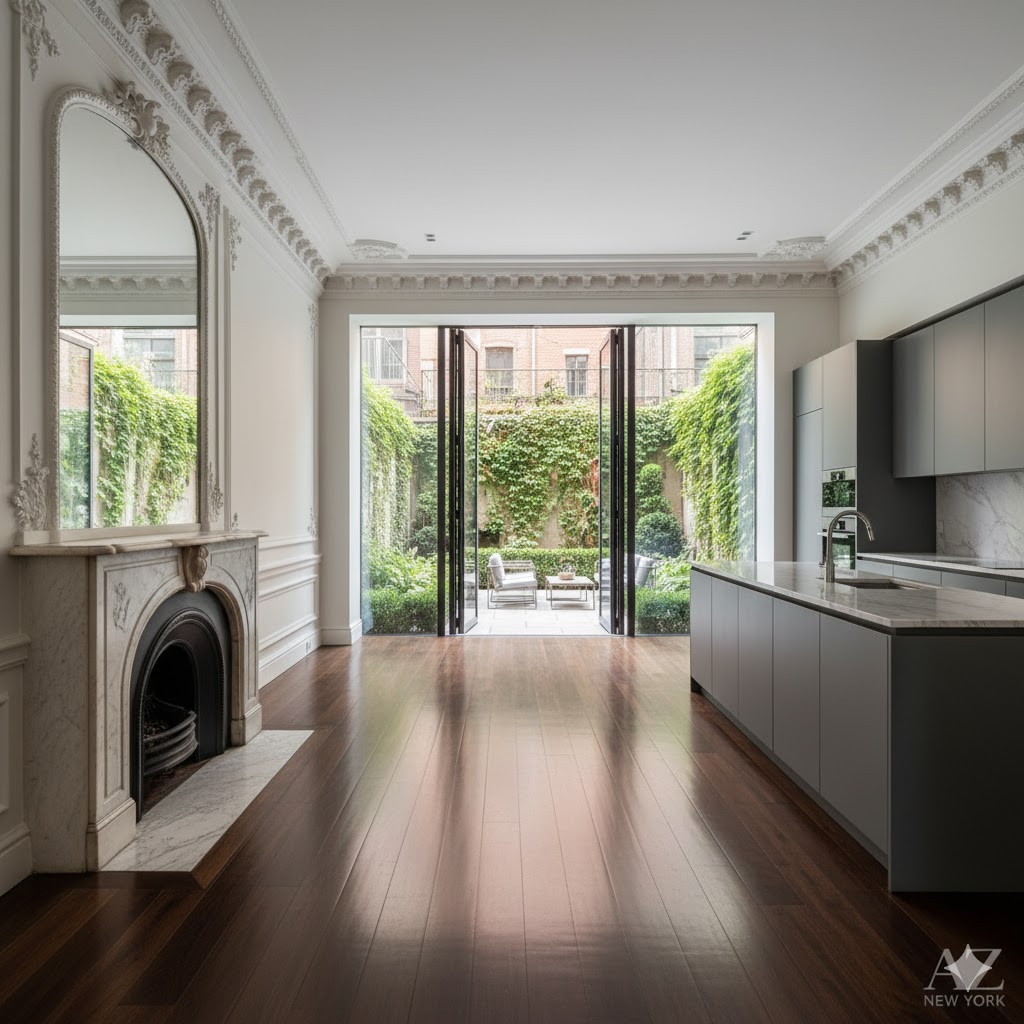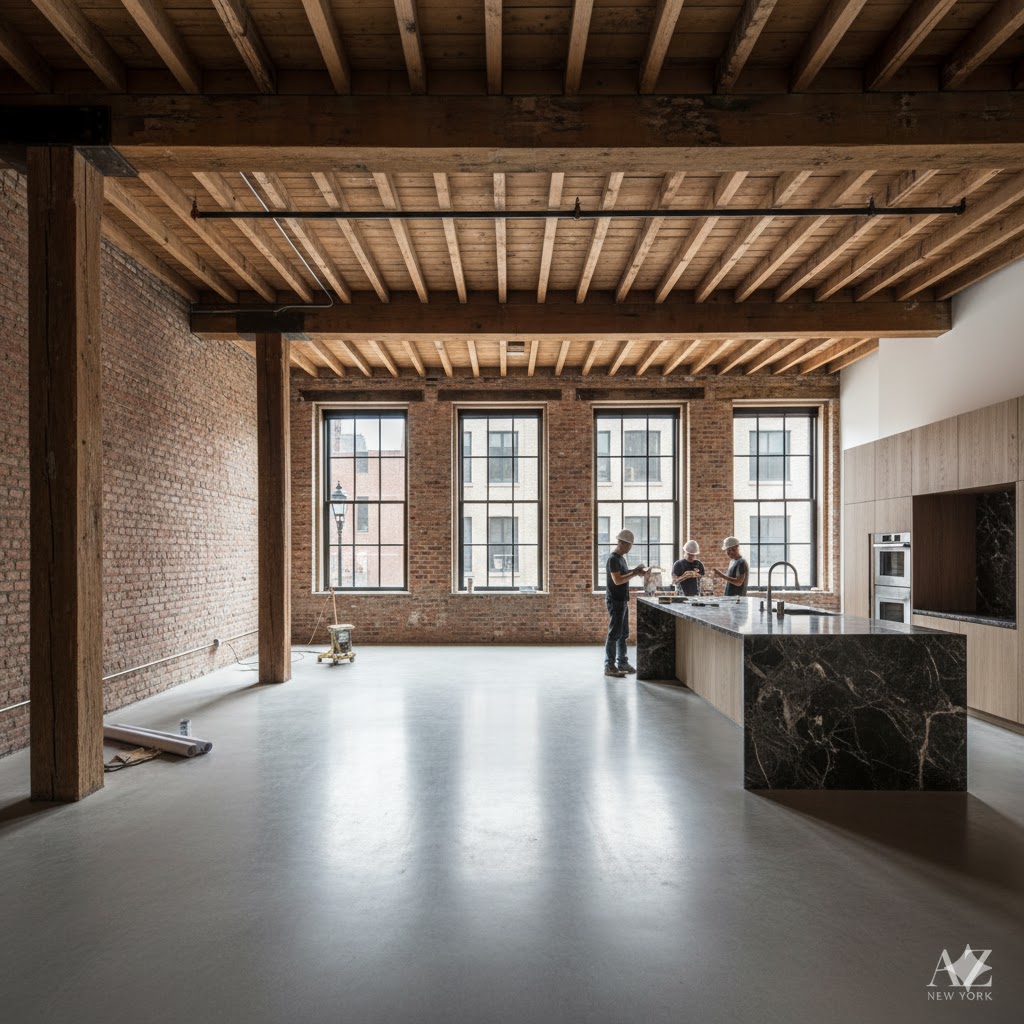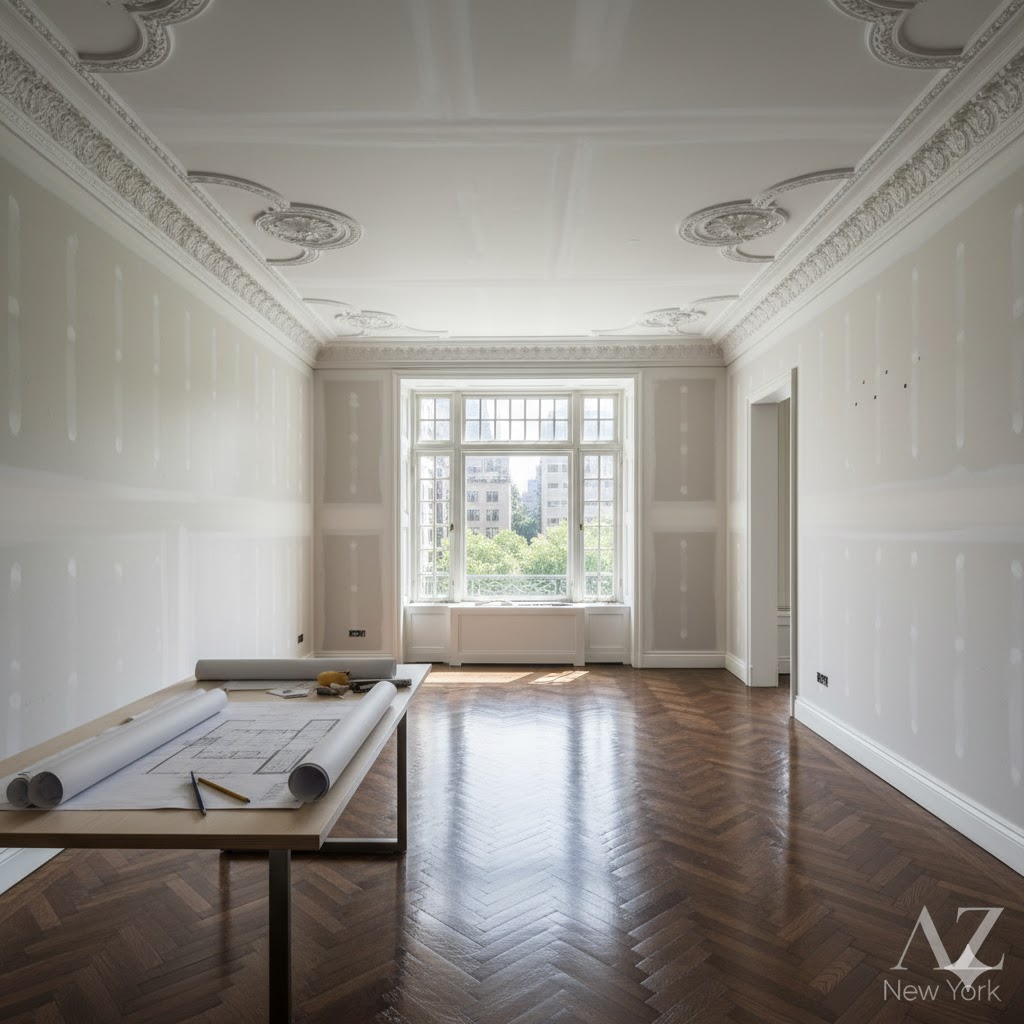Buying Old Lofts in SoHo, NYC: A Guide to Renovating and Reselling for Profit
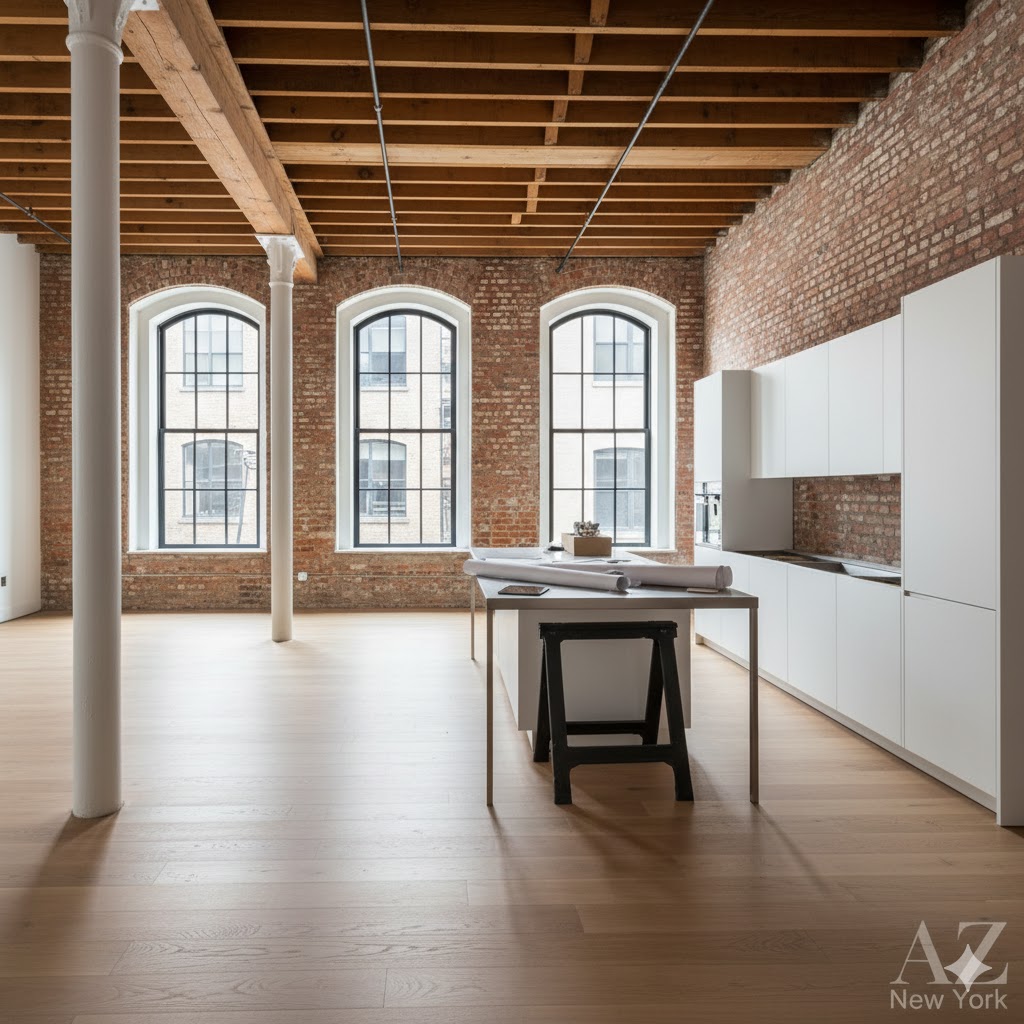
Buying Old Lofts in SoHo, NYC: A Guide to Renovating and Reselling for Profit
SoHo (South of Houston Street), New York City, is a global epicenter for fashion, art, and design, defined by its iconic cast-iron architecture. Investing in old “artist lofts” for renovation and resale is a high-stakes, high-reward strategy. The profit is not just in the square footage, but in preserving the unique volume, light, and “cool factor” that cannot be replicated.
🏙️ Why Invest in SoHo?
The value of SoHo real estate is tied to its history and protected architecture. These massive, open spaces—once home to artists—are now sought by tech CEOs, fashion executives, and HNW individuals.
The key value-adds are preserving authentic details (cast-iron columns, original floors, tin ceilings) while inserting ultra-modern “pods” for kitchens and bathrooms, creating a stunning contrast between historic and new.
🔍 Comparative Table: Historic “AIR” Loft vs. New-Build Condo (SoHo)
| Feature | Historic Cast-Iron Loft (for Renovation) | New-Build Luxury Condo (SoHo) |
|---|---|---|
| Layout & Features | Massive open space (3,000-5,000 sq ft), 12-16 ft ceilings, huge windows, cast-iron columns. | Standard 2-3 bedroom layouts, 10 ft ceilings, all-glass walls, full amenities. |
| Acquisition Cost | High (e.g., $3M – $5M for raw space). | Extremely high (e.g., $6M+), value already maximized. |
| Renovation Hurdle | Extreme. Must follow Landmarks (LPC) rules, plus complex “Artist-in-Residence” (AIR) zoning laws. | None. Property is turn-key. |
| Target Buyer | Creative-class HNW (e.g., tech founder, designer, celebrity) seeking authentic “cool.” | International buyer, financier, or HNW individual seeking amenities and convenience. |
🔨 3 Case Studies: Successful SoHo Flips
- The Greene Street “Raw Space”: An investor purchased a 4,000 sq ft “raw” loft (open space with basic plumbing) for $3.5M. Action: A $2M gut renovation. They sandblasted the cast-iron columns, installed a $250k Bulthaup kitchen as a central “island,” and built out 3 bedroom “pods” with glass walls to maintain light. Result: Sold for $7.5M. Net profit (pre-tax): ~$2M.
- The Wooster Street 90s Reno: A developer bought a 2,500 sq ft loft for $2.8M that had a dated 1990s renovation (small rooms, tiled floors). Action: A $600k “de-renovation.” They demolished all interior walls to restore the open plan, exposed the original brick, and polished the original concrete floors. Result: Sold for $4.5M. Net profit: ~$1.1M.
- The Mercer Street Penthouse: An investor bought a 3,000 sq ft penthouse with “roof rights” for $5M. Action: A $3M project. They renovated the interior and used the roof rights to build a stunning 2,000 sq ft private roof deck with an outdoor kitchen and glass atrium. Result: Sold for $11M. Net profit: ~$3M.
💡 Pro-Tips for Renovating a SoHo Loft
- Understand “AIR” Zoning: This is the most complex part. Most SoHo lofts are in “Artist-in-Residence” zones. Legally, a resident must be a state-certified artist. This is a legal gray area. You MUST hire a real estate attorney who specializes in AIR.
- Don’t Fight the Loft: The value is in the volume. The biggest mistake is building too many small, dark rooms. Use glass, sliding partitions, or low-profile “pods” to define spaces.
- Budget for Soundproofing: These are 150-year-old buildings. Sound transfer between floors is a major issue. Budget at least $100k for high-end acoustic insulation in the floors and ceilings.
- Celebrate the Columns: The cast-iron columns are the stars. Do not cover them in drywall. Strip them, paint them (black, white, or original), and make them a feature.
✨ SoHo Real Estate: Did You Know?
The iconic cast-iron facades of SoHo were a 19th-century innovation. They were prefabricated in foundries and bolted onto the building’s structure. This was considered “budget” construction at the time, allowing developers to create ornate, European-style facades for a fraction of the cost of stone carving. Today, the SoHo Cast-Iron Historic District is a priceless architectural treasure.
❓ Frequently Asked questions (FAQ)
Q: What is the “Artist-in-Residence” (AIR) law?
A: It’s a 1970s zoning regulation created to preserve SoHo for working artists. It legally requires at least one resident of a unit in an AIR-zoned building to be certified as an artist by the NYC Dept. of Cultural Affairs. This law is still in effect, and navigating it (or finding buildings that have legally converted) is crucial for any buyer or investor.
Q: Is it hard to get financing for a SoHo loft?
A: It can be. Many banks are wary of lending for co-ops in buildings with strict AIR enforcement, as it limits the pool of potential buyers (and thus, the bank’s collateral). Condos or co-ops with more lenient rules are easier to finance.
Q: What is the biggest mistake investors make in SoHo?
A: Ignoring the “AIR” issue and buying in a building with strict rules, which severely limits the resale market. The second biggest mistake is over-partitioning the space and destroying the “loft” feel.
📍 GEO Context
- City: New York City
- Neighborhood: SoHo (South of Houston)
- Borough: Manhattan
- Category: Luxury Loft Investments
For more data on cast-iron lofts and AIR regulations, visit AZ New York.
Keywords for your next internet searches
SoHo loft for sale, NYC loft renovation, cast-iron building NYC, Artist-in-Residence SoHo, flipping lofts in Manhattan, Greene Street real estate, Mercer Street lofts, SoHo penthouse renovation, NYC real estate investing guide, luxury loft conversion,
pre-war loft renovation, high-ceiling apartments NYC, exposed brick interior design, cast-iron columns, SoHo co-op rules, NYC Landmarks preservation, case studies real estate, AZ New York, Manhattan luxury real estate, SoHo interior design, NYC real estate profit margins, historic preservation NYC, fix and flip NYC, Wooster Street, Prince Street

